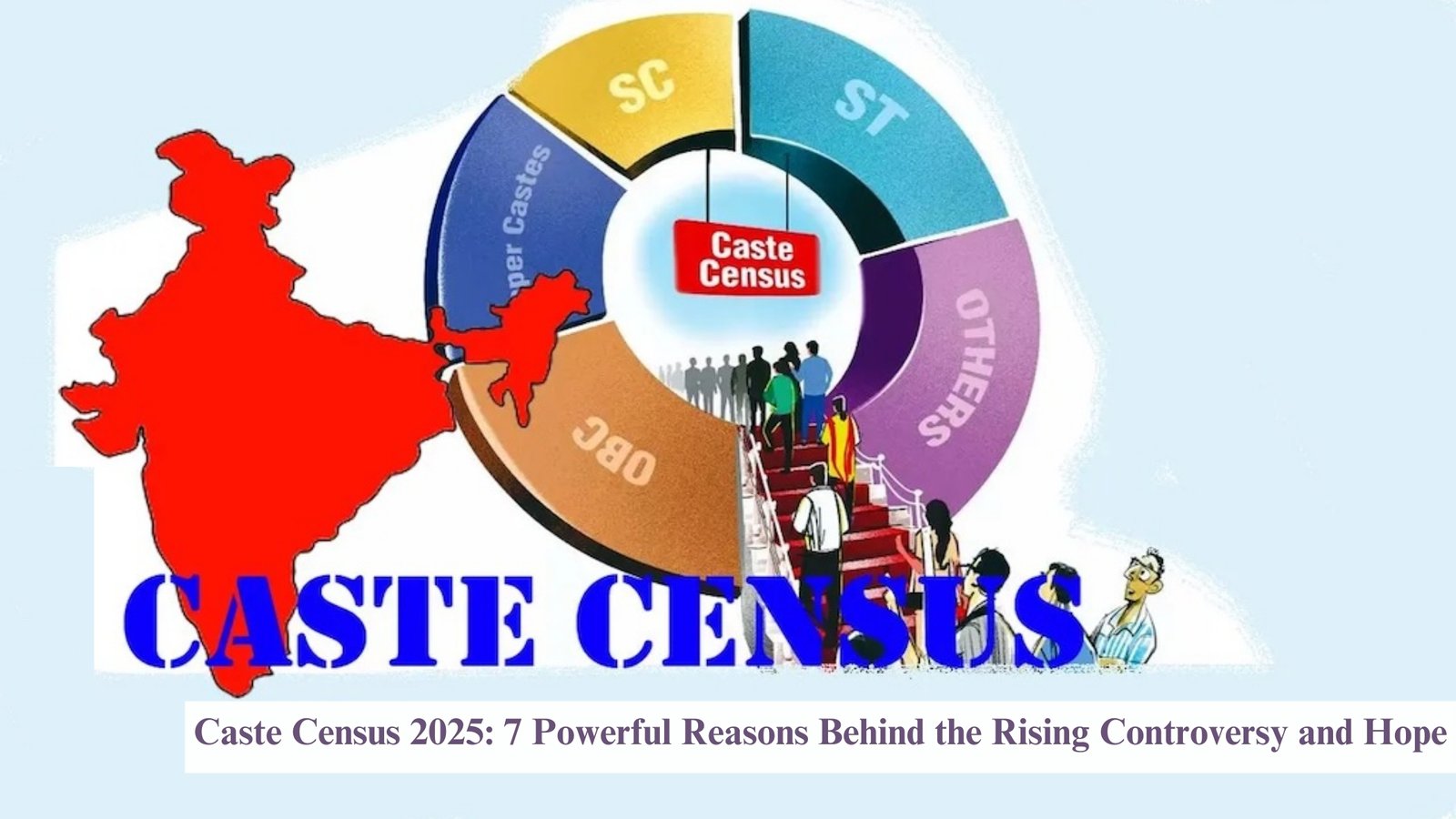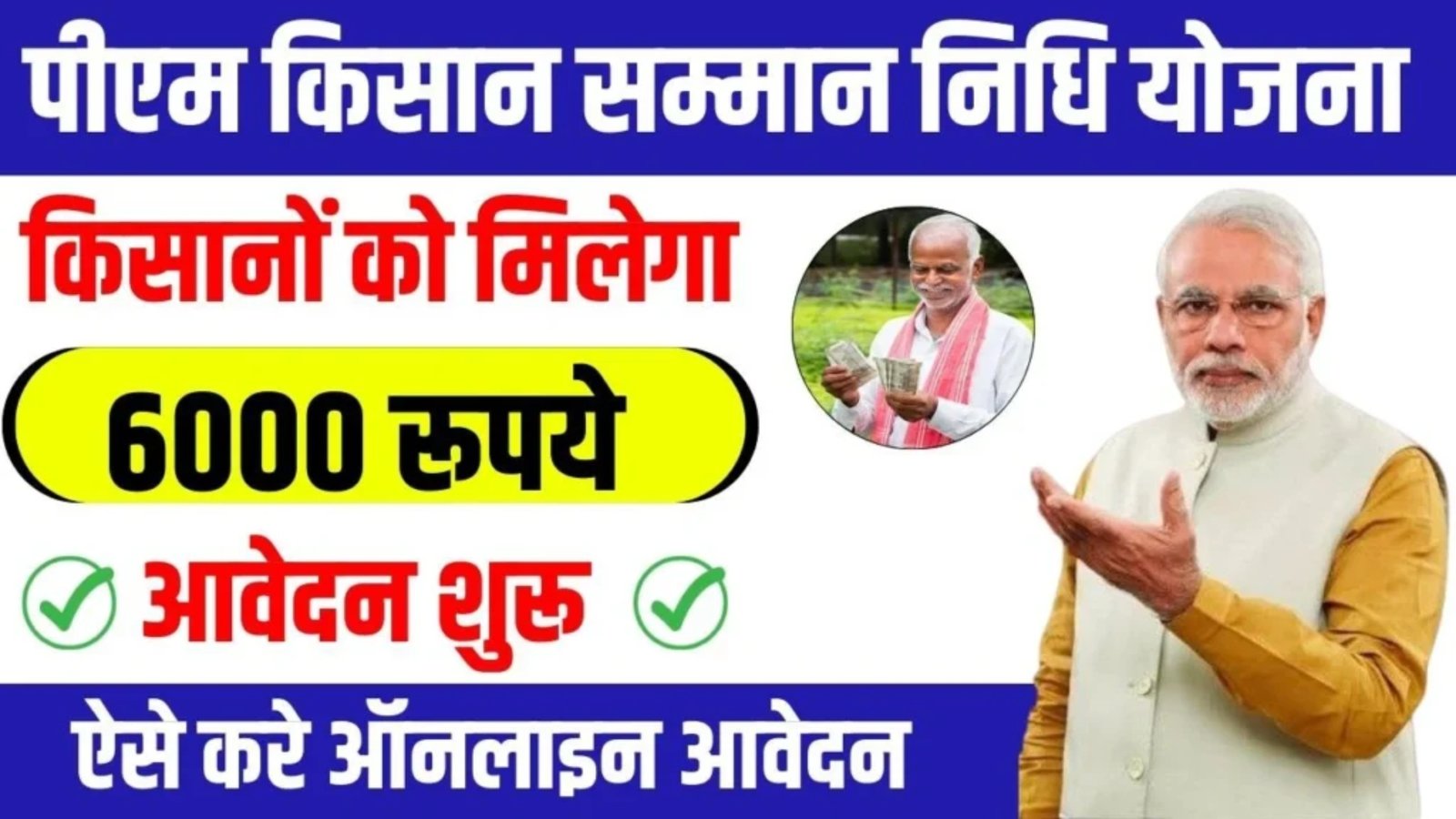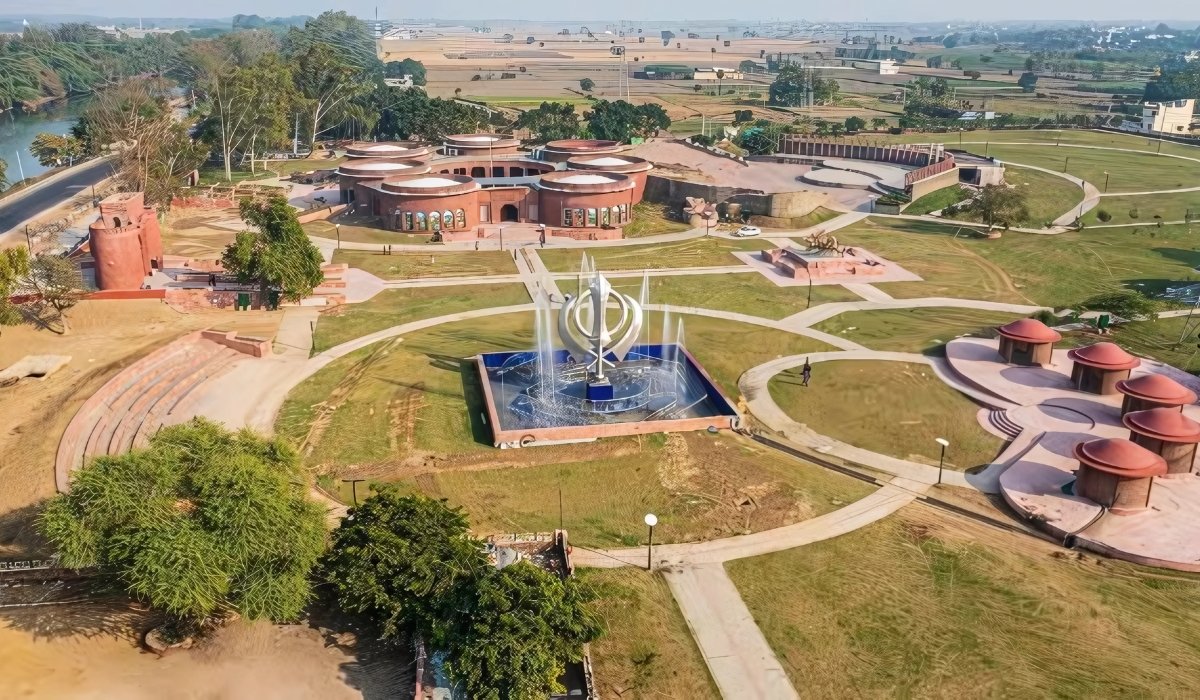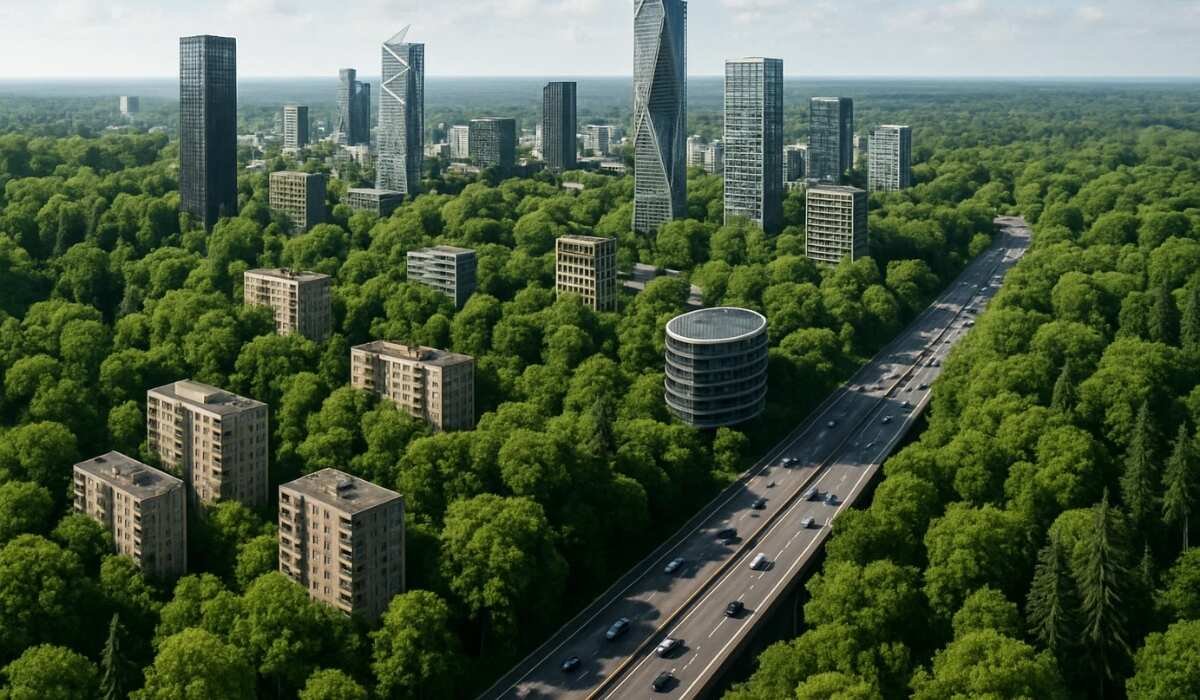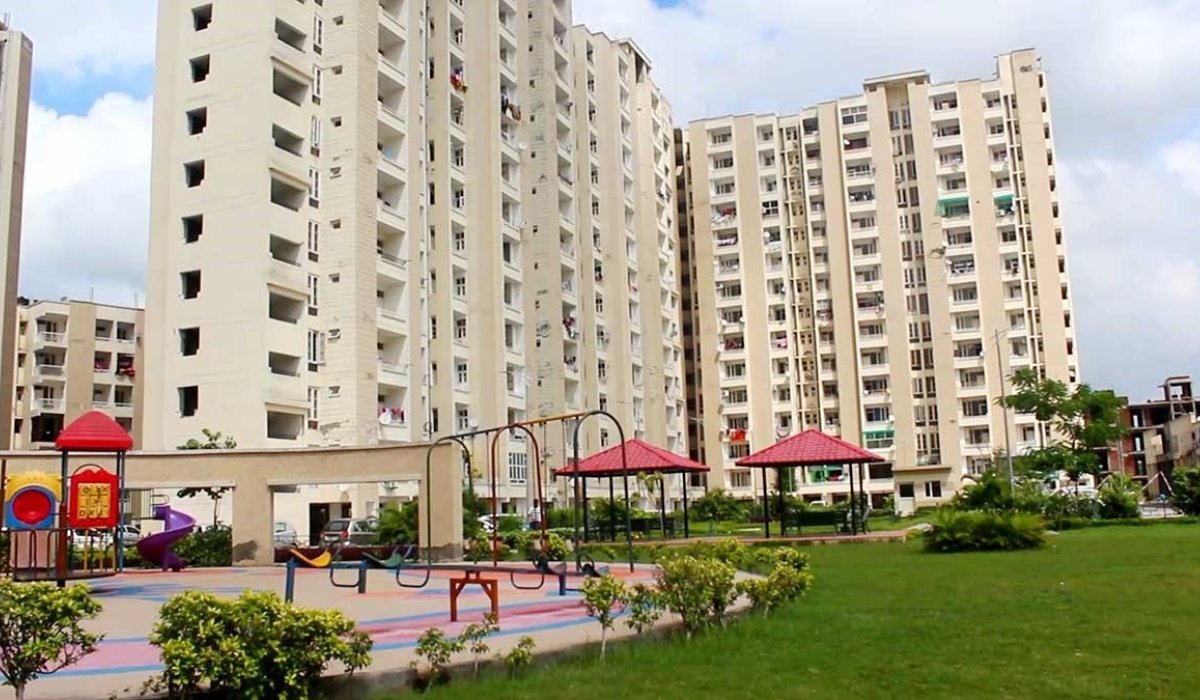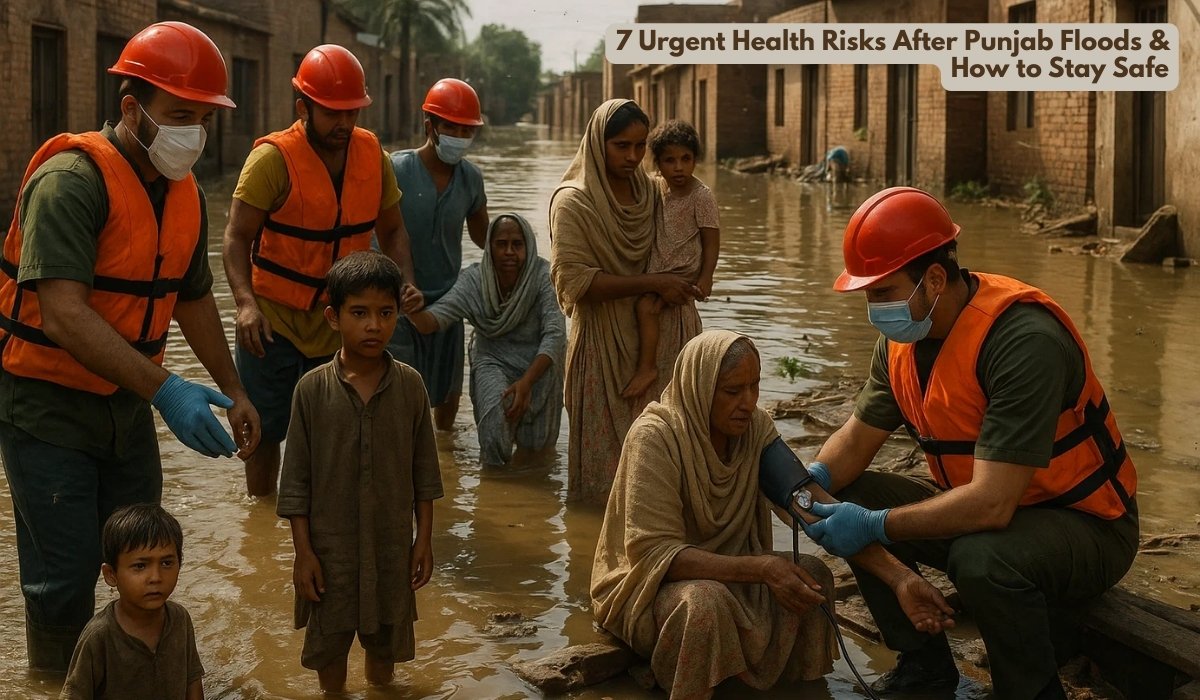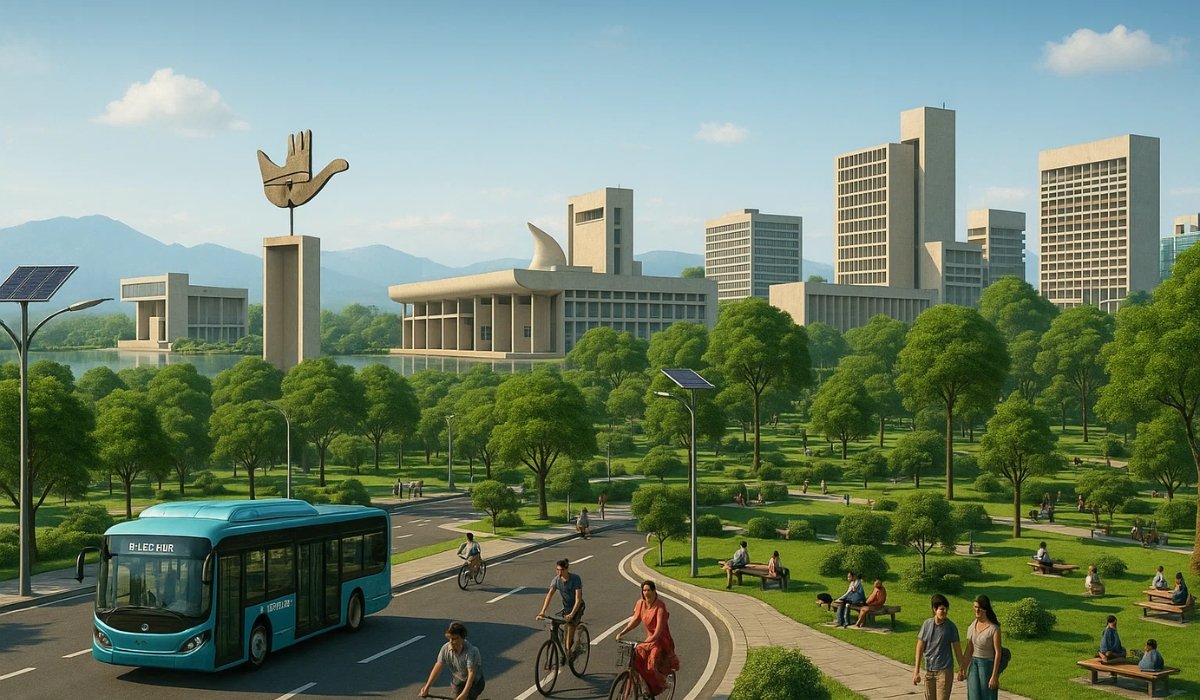Why the Caste Census is India’s Burning Question
Is India ready to confront its deep-rooted caste realities?
This question has stirred heated debates in recent years, especially as the demand for a caste census gains momentum.
A caste census is more than just a statistical exercise—it’s a mirror that reflects India’s complex social structure. By collecting data on various caste groups, the government can make better decisions regarding resource distribution, representation, and affirmative action.
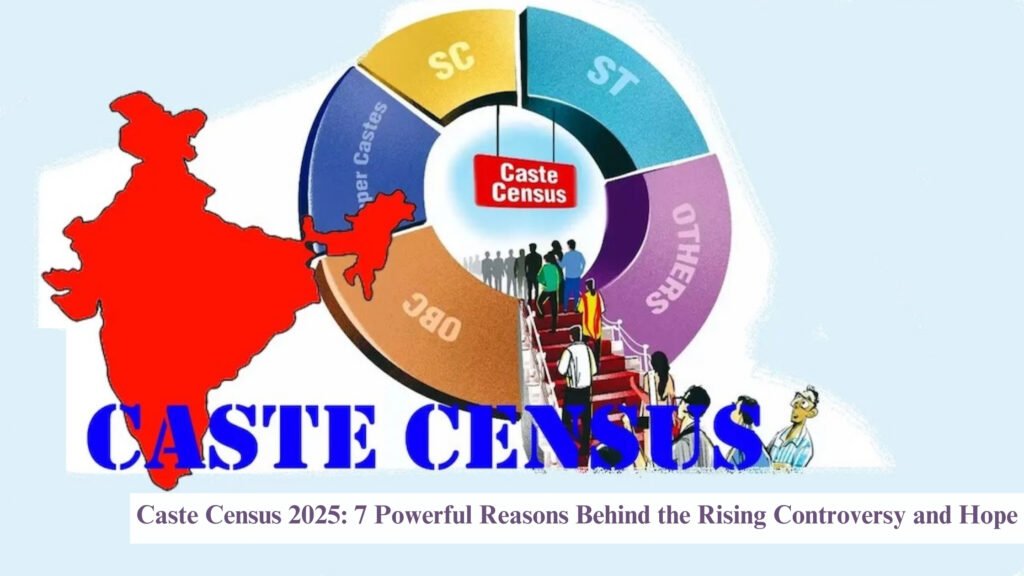
This topic has triggered both strong support and sharp resistance, making it one of the most polarizing yet powerful policy debates in contemporary India.
In this article, we break down the caste-census from every angle—its history, purpose, challenges, benefits, state-level surveys, global comparisons, political stakes, and its role in the future of India.
What is a Caste Census? A Simple Definition
A caste census is a population survey conducted by the government that includes data on different caste groups in the country.
While regular national censuses collect data on religion, language, age, and gender, they do not include data on caste (except for Scheduled Castes and Scheduled Tribes).
A full-fledged caste census aims to gather information about all caste categories, including Other Backward Classes (OBCs), which are currently underrepresented in government statistics.
Table: Key Differences Between General Census and Caste Census
| Feature | General Census | Caste Census |
|---|---|---|
| Conducted Every 10 Years | Yes | Not regularly; last full caste data in 1931 |
| Includes Religion | Yes | Yes |
| Includes SC/ST Data | Yes | Yes |
| Includes OBC Data | No | Yes (if conducted) |
| Focus on Social Equity | Limited | High |
| Policy Impact | Moderate | Significant (esp. reservation policies) |
1. Caste Census in India: A Historical Overview
Pre-Independence Era
- 1881: First Indian census under British rule; included caste data.
- 1901-1931: Caste was regularly recorded. The 1931 Census was the last to publish full caste data.
Post-Independence
- 1951 onwards: Indian government removed caste enumeration (except SC/ST) to promote caste-neutral identity.
2011 Socio-Economic and Caste Census (SECC)
- First post-independence attempt to include caste data.
- SECC collected data on socio-economic conditions and caste.
- Data quality issues and political resistance led to non-release of caste portion.
2. Why is the Caste Census Important Today?
a) Informed Policy-Making
Accurate caste data allows the government to design better affirmative action, budget allocations, and educational schemes.
b) Social Justice
Data enables marginalized communities, especially OBCs and EBCs, to demand fair representation.
c) Updated Demographics
Relying on 1931 figures for OBC population is outdated and unfair.
d) Public Demand and Awareness
Increased awareness through social media and activism has intensified the call for updated caste data.

3. The Political Storm Around the Caste Census
a) Political Support
- Congress, JD(U), RJD, DMK, SP support the census.
- State governments (Bihar, Karnataka) have taken independent action.
b) Political Opposition
- BJP-led central government has been cautious.
- Concerns: Vote-bank politics, identity-based division, logistical nightmare.
c) Legal and Judicial Interventions
- Petitions in courts demand publication of SECC data.
- Supreme Court has recognized the need for data-backed reservation policies.
4. Benefits of Conducting a Caste Census
Here are seven compelling reasons to conduct:
- Fair Representation: Real numbers can recalibrate parliamentary and bureaucratic representation.
- Effective Welfare Distribution: Tailored schemes for underprivileged caste groups.
- Data-Driven Reservations: Avoid over or under-representation in quotas.
- Demystifying Social Hierarchy: Understand socio-economic gaps between and within castes.
- Curbing Inequality: Realignment of policies based on caste-income correlation.
- Accountability in Governance: Transparent allocation of resources.
- Strengthening Federalism: Empower states with their own caste demographics.
5. Challenges and Concerns Around the Caste Census
a) Risk of Casteism and Division
Critics argue it may solidify caste identities and promote vote-bank politics.
b) Administrative Hurdles
Classifying thousands of castes/sub-castes accurately is a daunting task.
c) Data Integrity
Risk of misreporting, fake certificates, and identity confusion.
d) Delay in Action
Even if data is collected, political reluctance may stall publication.
6. Caste Census by Indian States
a) Bihar (2023)
- Released caste survey.
- Found that OBCs and EBCs form over 63% of the population.
- Sparked debates about increasing reservation quotas.
b) Karnataka
- Conducted a survey in 2015 (unpublished).
- Estimated OBCs to be nearly 52% of state population.
c) Maharashtra, Tamil Nadu, Odisha
- Filed petitions to release SECC data or conduct fresh surveys.
- Demands growing louder post-Bihar model.

7. Global Comparison: How Other Countries Handle Identity Data
| Country | Collects Caste or Ethnic Data? | Purpose |
| USA | Yes (Race/Ethnicity) | Affirmative action, equality programs |
| UK | Yes (Ethnic Group) | Track discrimination, plan services |
| South Africa | Yes (Race) | Post-Apartheid equity policies |
| France | No | Belief in a “color-blind” republic |
| Nepal | Yes (Caste/Ethnic) | Targeted development and federal planning |
India remains one of the few democracies without periodic public caste data.
8. The Future of Reservation Policies Post-Caste Census
- Real-time data could prompt redesign of reservation structure.
- New classes of beneficiaries (EWS, extremely backward classes) may emerge.
- Demand for “quota within quota” may increase (e.g., for Most Backward Classes within OBC).
Frequently Asked Questions (FAQs)
Q1. What is the difference between a caste census and a regular census?
A regular census collects data on age, religion, education, and occupation, while a Caste enumeration includes caste-specific identity data.
Q2. When was India’s last Caste-based population count?
In 1931. SECC 2011 was conducted but never officially published.
Q3. Who supports the caste census?
Political parties like Congress, JD(U), RJD, and states like Bihar and Tamil Nadu actively support it.
Q4. How could it affect jobs and education quotas?
Updated data could lead to revisions in reservation percentages and help identify underserved groups.
Q5. Will caste census create social tension?
While it may spark debates, many believe that data transparency is better than speculation.
Related Insights (People Also Search For)
- Mandal Commission Report
- OBC Reservation in India
- SECC 2011 Controversy
- Reservation in Private Sector
- Creamy Layer Debate
- Caste and Poverty Correlation
- caste system in India
onclusion: Caste Census—A Defining Step for India’s Future
The Caste enumeration is no longer just a political demand—it’s a social necessity. With growing public awareness, legal backing, and calls for equity and data transparency, the movement for updated caste-based data has gained undeniable momentum.
Handled correctly, it can serve as a powerful tool for:
- Evidence-based policymaking
- Targeted social welfare
- Inclusive economic development
- Genuine empowerment of marginalized communities
But mishandled, it can deepen existing social divides and polarize public discourse.
What Do You Think?
Should India go ahead with a caste census?
Your voice matters. Join the conversation, express your views, and be part of shaping India’s future.
Read more powerful insights and updates on issues that matter in our News & Events section on Chandigarhut.in.
Share this article, start the dialogue, and make your opinion count — because your voice shapes the community!
